When we talk about the democratization of art ownership, we are ushering in a new era of accessibility and inclusivity. With the emergence of distributed ledger technology (DLT), more commonly known as blockchain, the art industry is undergoing a seismic shift. This technological innovation has the potential to revolutionize the way art is bought, sold, and owned. Whether you are an art enthusiast, collector, or investor, the implications of blockchain in art ownership are vast and far-reaching. In this article, we will explore the intersection of art, blockchain, and distributed ledger technology, and how it is reshaping the art world.
Historical Overview of Blockchain in the Art Industry
Before we dive into the impact of blockchain on art ownership, it’s essential to understand the historical context of this technology in the art industry. The concept of blockchain was first introduced in 2008 by an anonymous person or group of people using the pseudonym Satoshi Nakamoto. It was initially created as a public transaction ledger for the cryptocurrency Bitcoin.
Blockchain technology is essentially a decentralized and distributed digital ledger that records transactions across multiple computers, ensuring transparency, security, and immutability. As the art industry began to recognize the potential of blockchain, various platforms and initiatives were launched to apply this technology to art ownership and provenance.
From digital art marketplaces to platforms offering fractional ownership of artwork, blockchain has become a game-changer in the art world. Its ability to verify the authenticity of artworks, create digital certificates of ownership, and enable peer-to-peer transactions has significantly impacted the way art is bought and sold.
Advantages of Blockchain in Art Ownership
One of the most significant advantages of using blockchain in art ownership is the transparency and security it provides. Every transaction and change of ownership is recorded on the blockchain, creating a tamper-proof and verifiable record of provenance. This eliminates the issue of forgeries and counterfeit artworks, providing a level of trust and confidence for buyers and collectors.
Furthermore, blockchain enables fractional ownership of art, allowing investors to purchase shares of valuable artworks. This has opened up opportunities for smaller investors to participate in the art market and diversify their portfolios. The liquidity of art assets has also increased, as blockchain facilitates easier and more efficient trading of fractionalized ownership.
Another advantage of using blockchain in art ownership is the reduction of intermediaries and associated costs. Traditionally, art transactions involve multiple parties such as galleries, brokers, and auction houses, leading to high fees and inefficiencies. With blockchain, direct peer-to-peer transactions are possible, cutting out the middlemen and streamlining the process of buying and selling art.
Disadvantages of Blockchain in Art Ownership
Despite its many advantages, blockchain in art ownership also comes with its own set of challenges. One of the primary concerns is the adoption and integration of this technology across the art industry. While progress has been made, there is still a lack of standardized practices and widespread acceptance of blockchain-based art ownership platforms.
Another disadvantage is the issue of privacy and data protection. Since blockchain records are immutable and transparent, there are concerns about the exposure of sensitive information related to high-value art transactions. Balancing the transparency of blockchain with the privacy of art owners and collectors remains a critical consideration for the industry.
Practical Applications of Blockchain in Art Ownership
Blockchain has found practical applications in various aspects of art ownership, ranging from provenance tracking to decentralized art marketplaces. Platforms such as Maecenas and Masterworks offer fractional ownership of blue-chip artworks using blockchain technology. By tokenizing assets, investors can buy and trade shares of valuable artworks, making art ownership accessible to a broader audience.
Artory and Verisart are examples of blockchain-based platforms that focus on provenance and authenticity verification. These platforms utilize blockchain to create digital certificates of artwork ownership and track the history of art pieces, ensuring that they are genuine and free from fraud.
Real-World Examples of Blockchain in Art Ownership
The use of blockchain in art ownership is not just a theoretical concept; it has been implemented in real-world cases with tangible outcomes. In 2018, the world’s first blockchain-based auction of artwork took place at Christie’s in New York, resulting in the sale of a digital artwork for over $130,000. This event marked a significant milestone in the integration of blockchain with traditional art markets.
Moreover, the art world has seen an increase in the tokenization of artworks, allowing fractional ownership through blockchain-based platforms. From contemporary art to masterpieces by renowned artists, the tokenization of art assets has democratized ownership and investment opportunities for art enthusiasts and collectors.
Future Predictions for Blockchain in Art Ownership
Looking ahead, the future of blockchain in art ownership holds great promise and potential. As the technology matures and gains wider acceptance, we can expect to see a more seamless and standardized application of blockchain across the art industry. This includes the integration of smart contracts for art transactions, enhanced digital provenance tracking, and the development of innovative art investment products.
Furthermore, the use of blockchain in art ownership is likely to influence the way art is valued, bought, and exhibited. With increased transparency and fractional ownership, we may see a shift in the dynamics of the art market, leading to greater diversity and accessibility for both artists and collectors.
Frequently Asked Questions
How does blockchain verify the authenticity of artworks?
Blockchain verifies the authenticity of artworks by creating a transparent and immutable record of a piece’s provenance. This record includes details such as the artist, previous owners, and past transactions, allowing for a comprehensive verification process.
Is blockchain-based art ownership secure?
Yes, blockchain-based art ownership is secure due to the decentralized and tamper-proof nature of blockchain technology. Transactions and ownership records are stored across multiple computers, making it extremely difficult to alter or manipulate the data.
Can anyone invest in art through blockchain?
Yes, blockchain has opened up investment opportunities in art to a wider audience through fractional ownership. By tokenizing art assets, investors can purchase shares of valuable artworks, making art ownership accessible to a broader range of individuals.
As we embrace the potential of blockchain in art ownership, we are witnessing a fundamental shift in the way art is perceived, valued, and owned. The democratization of art ownership through blockchain technology has the power to redefine the art market, making it more inclusive and transparent than ever before. Whether you are an art enthusiast, collector, or investor, the possibilities that blockchain offers are both exciting and transformative.
More in this category ...
Ripple companions with SBI Group and HashKey DX for XRPL answers in Japan
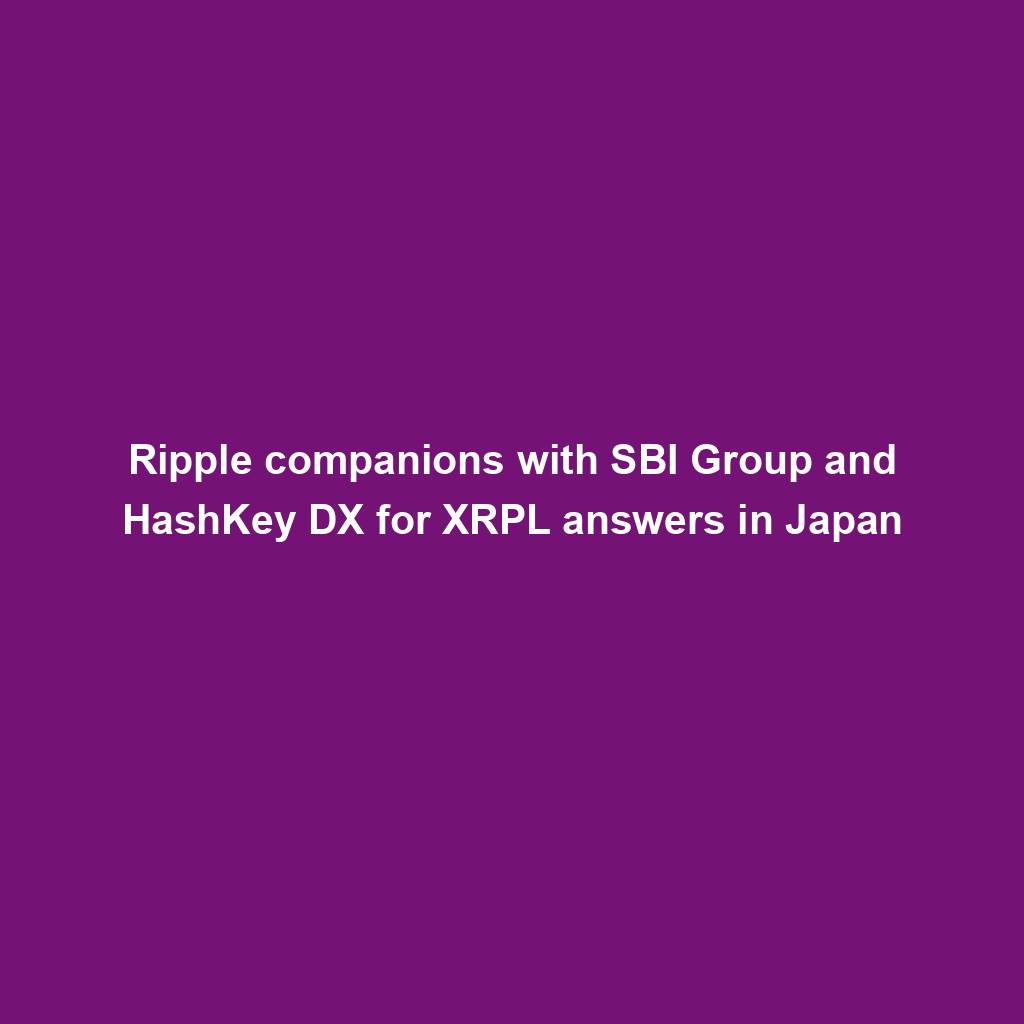
April sees $25M in exploits and scams, marking historic low ― Certik
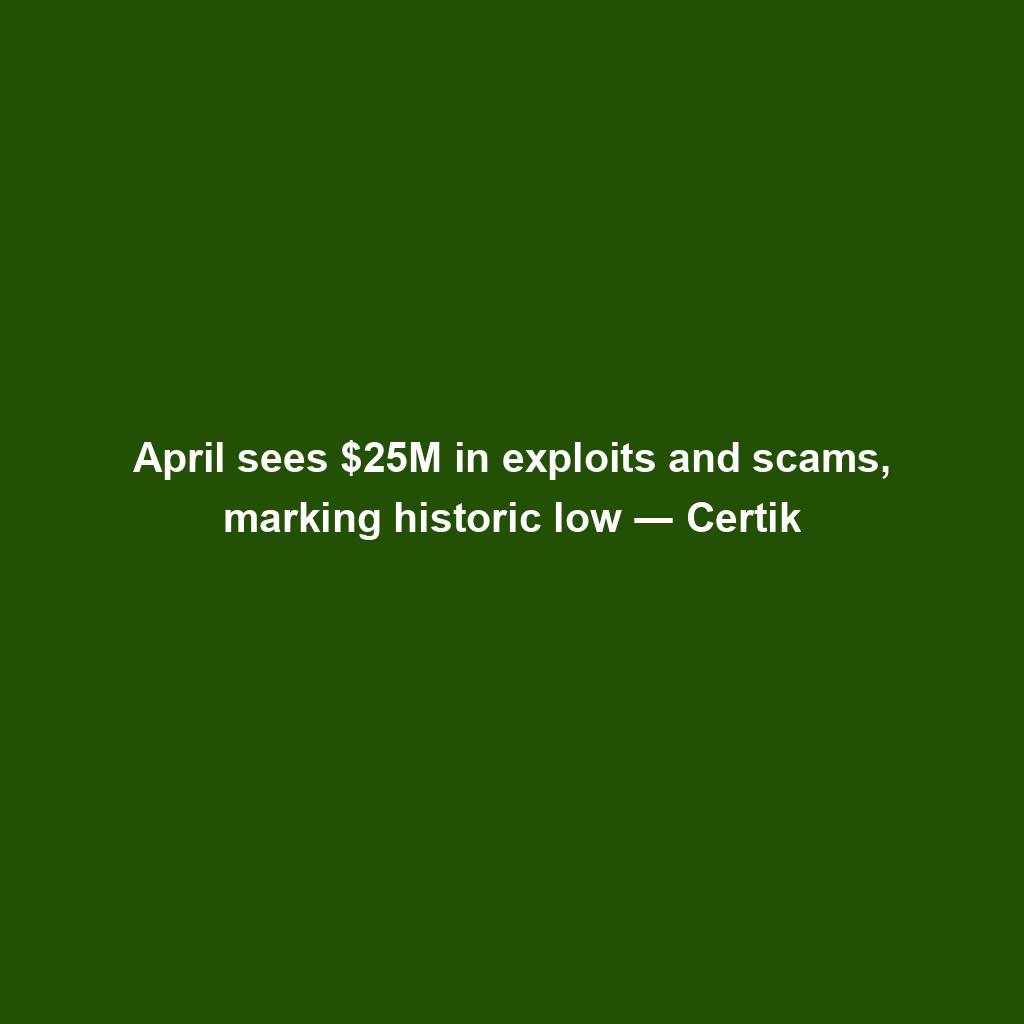
MSTR, COIN, RIOT and different crypto shares down as Bitcoin dips
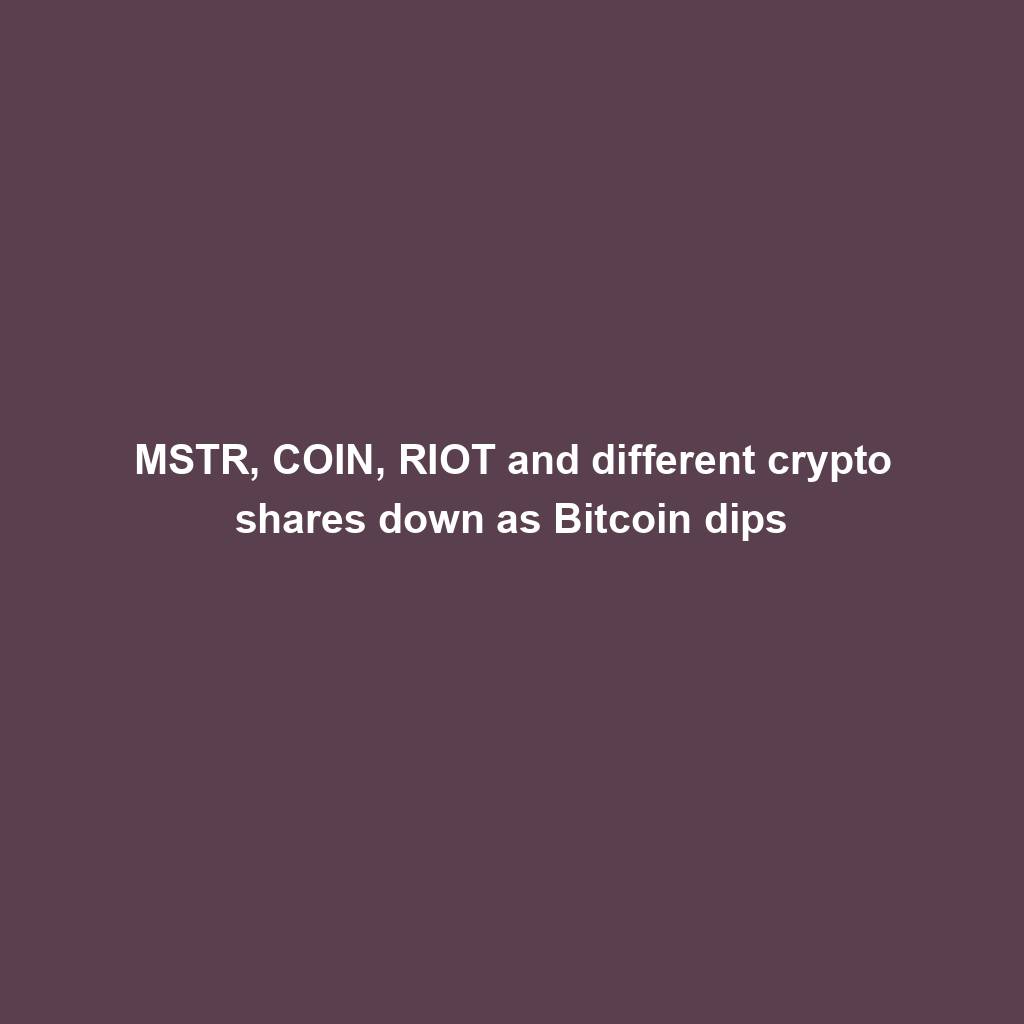
EigenLayer publicizes token release and airdrop for the group
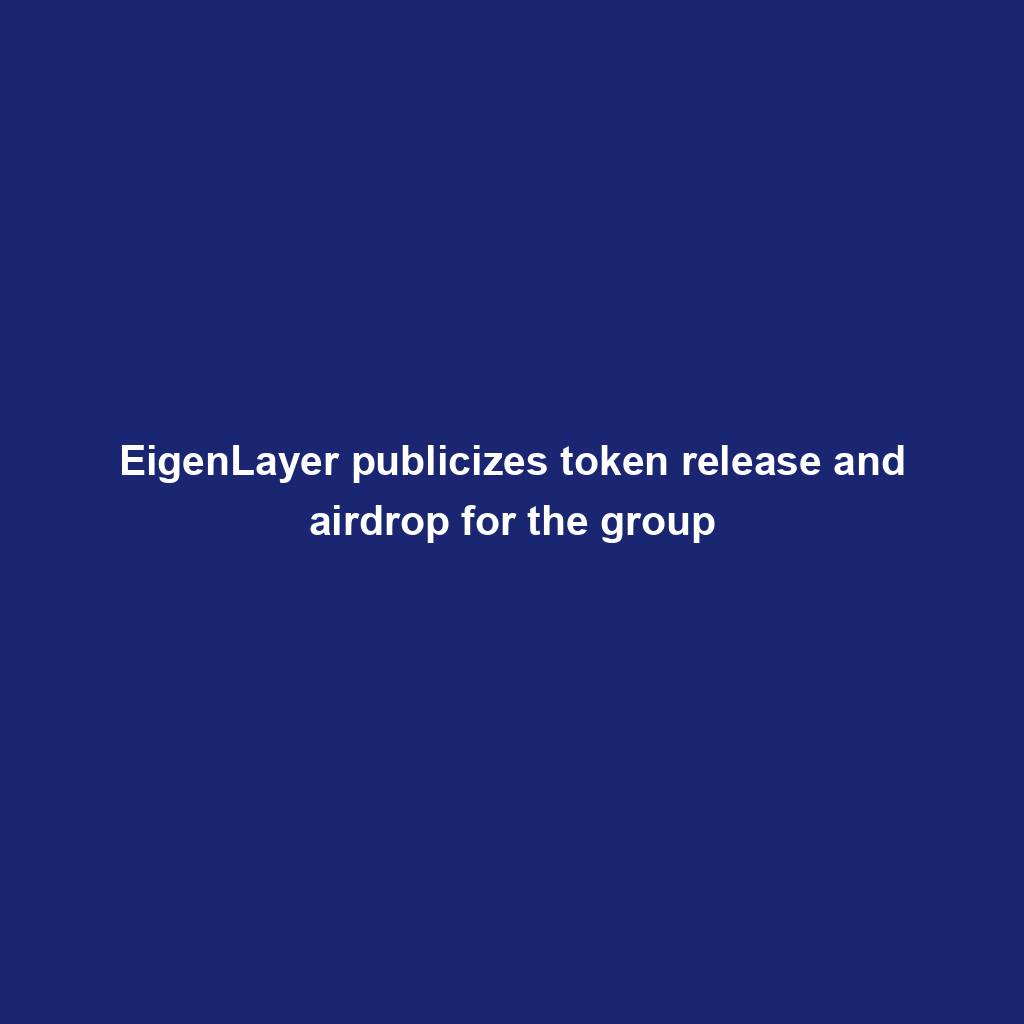
VeloxCon 2024: Innovation in knowledge control

Successful Beta Service release of SOMESING, ‘My Hand-Carry Studio Karaoke App’

Dogwifhat (WIF) large pump on Bybit after record reasons marketplace frenzy
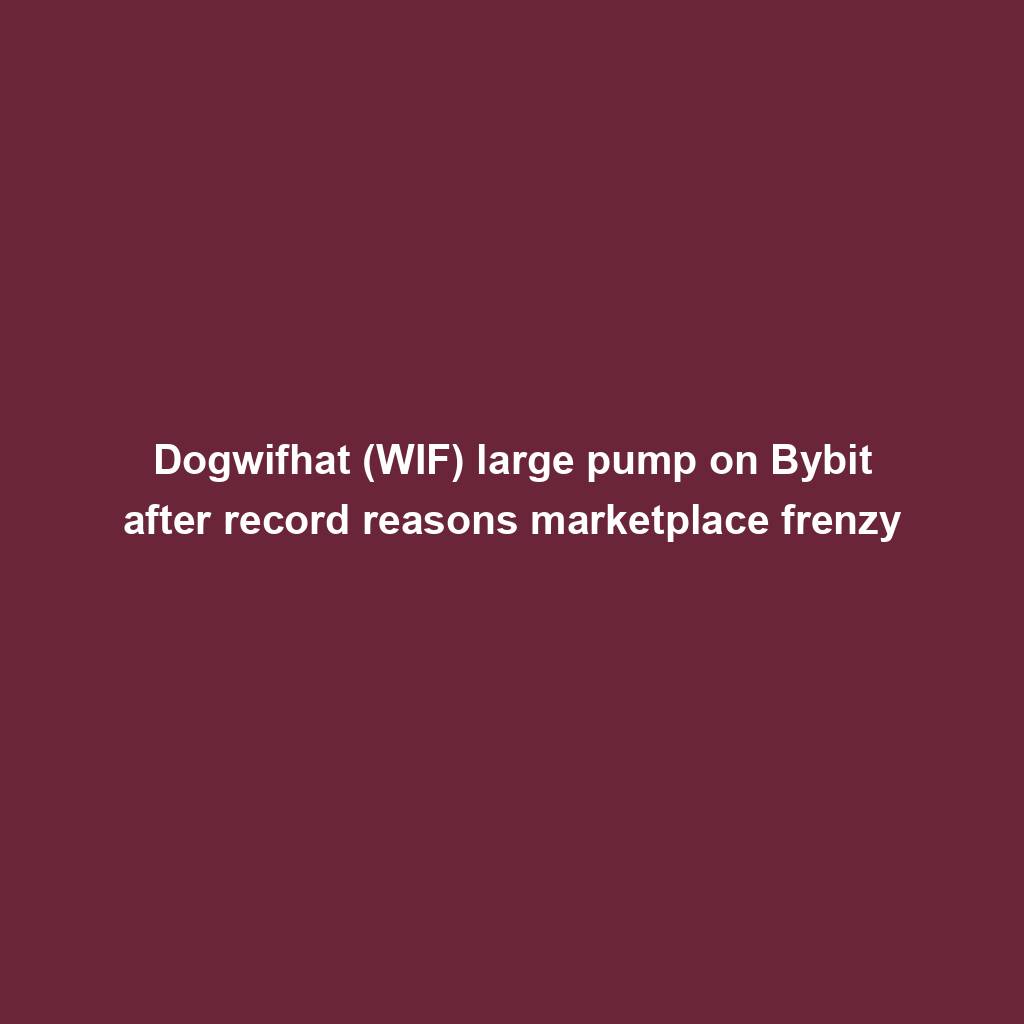
How fintech innovation is riding virtual transformation for communities around the globe
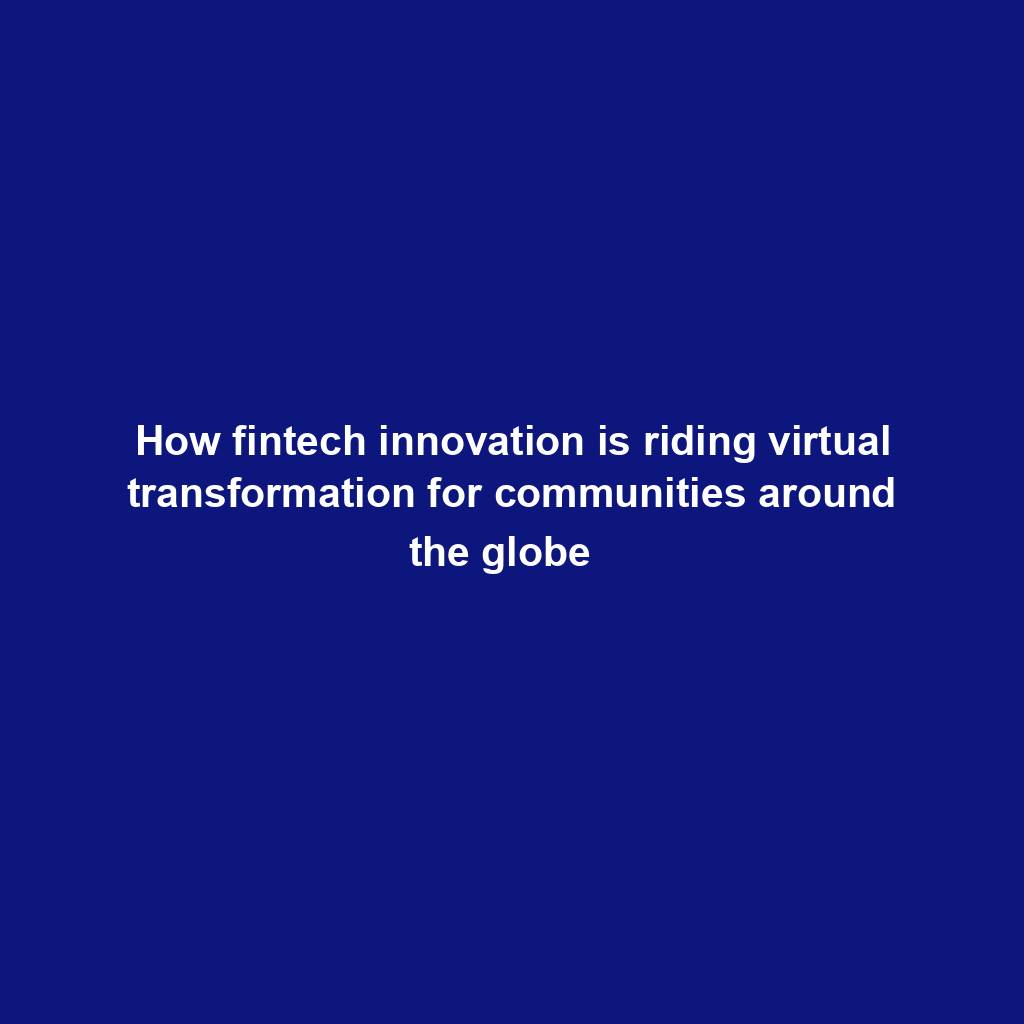
Wasabi Wallet developer bars U.S. customers amidst regulatory considerations
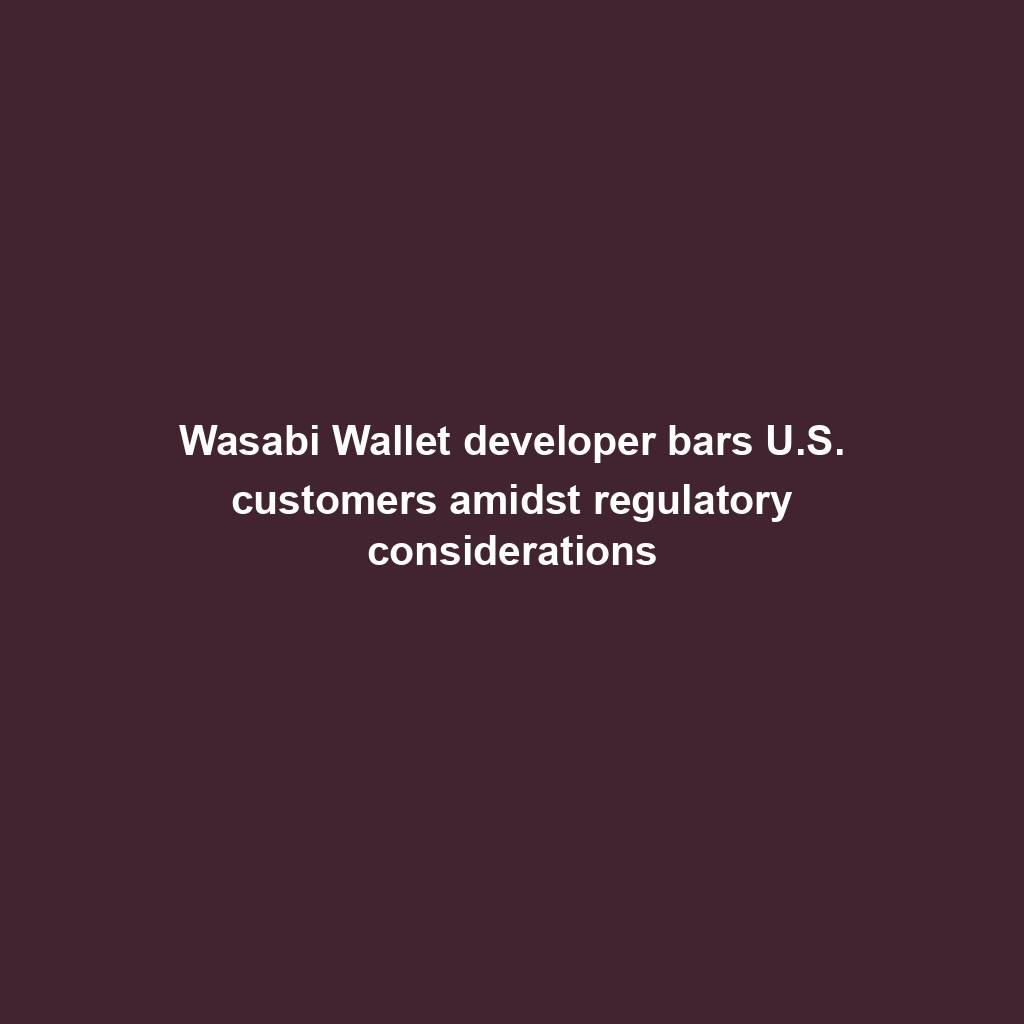
Analyst Foresees Peak In Late 2025
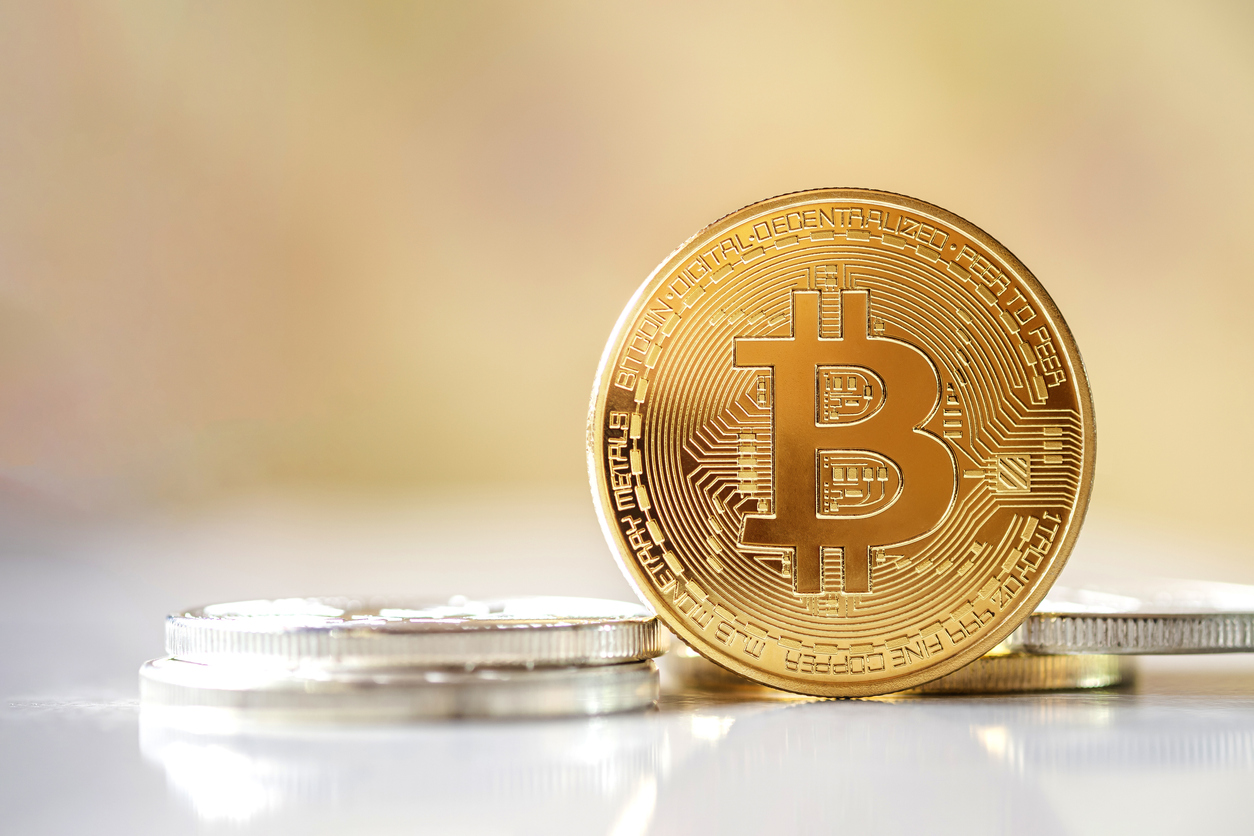
Solo Bitcoin miner wins the three.125 BTC lottery, fixing legitimate block
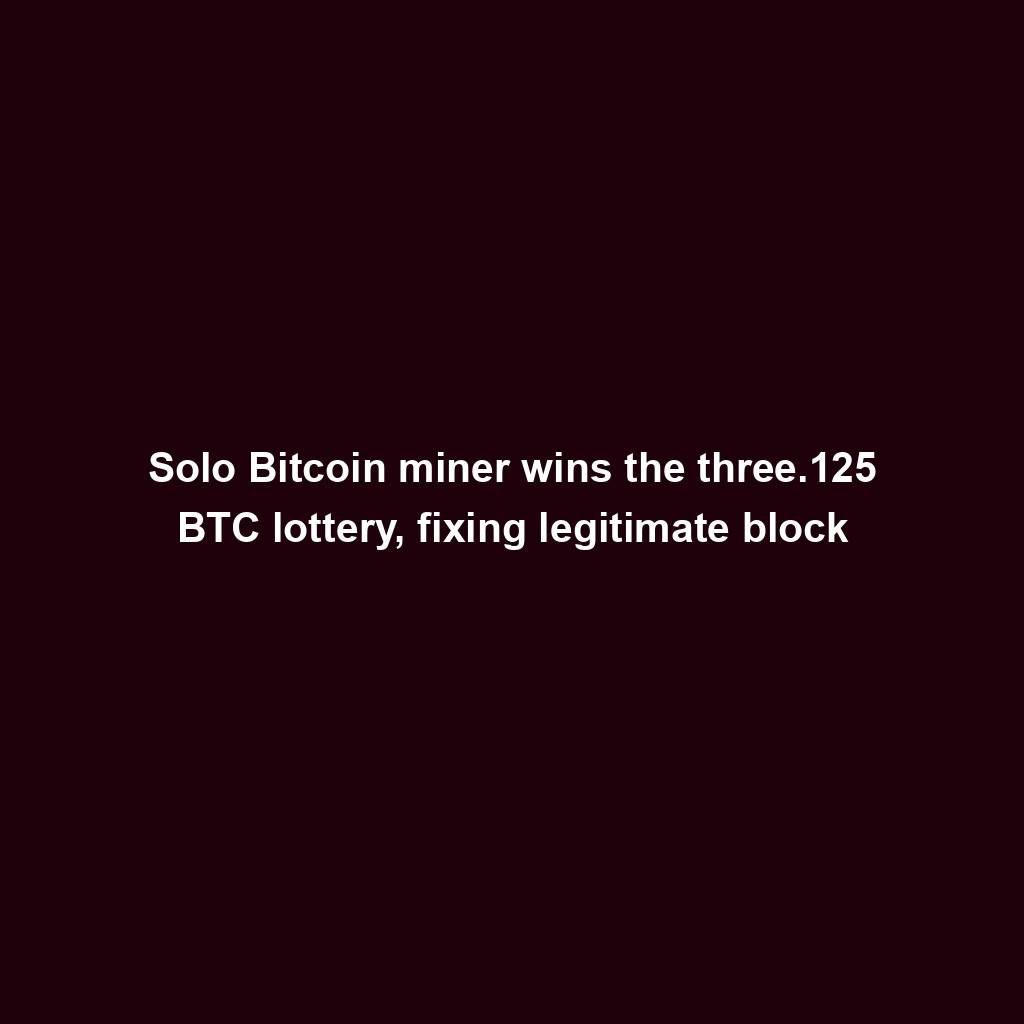
Ace Exchange Suspects Should Get 20-Year Prison Sentences: Prosecutors

Google Cloud's Web3 portal release sparks debate in crypto trade
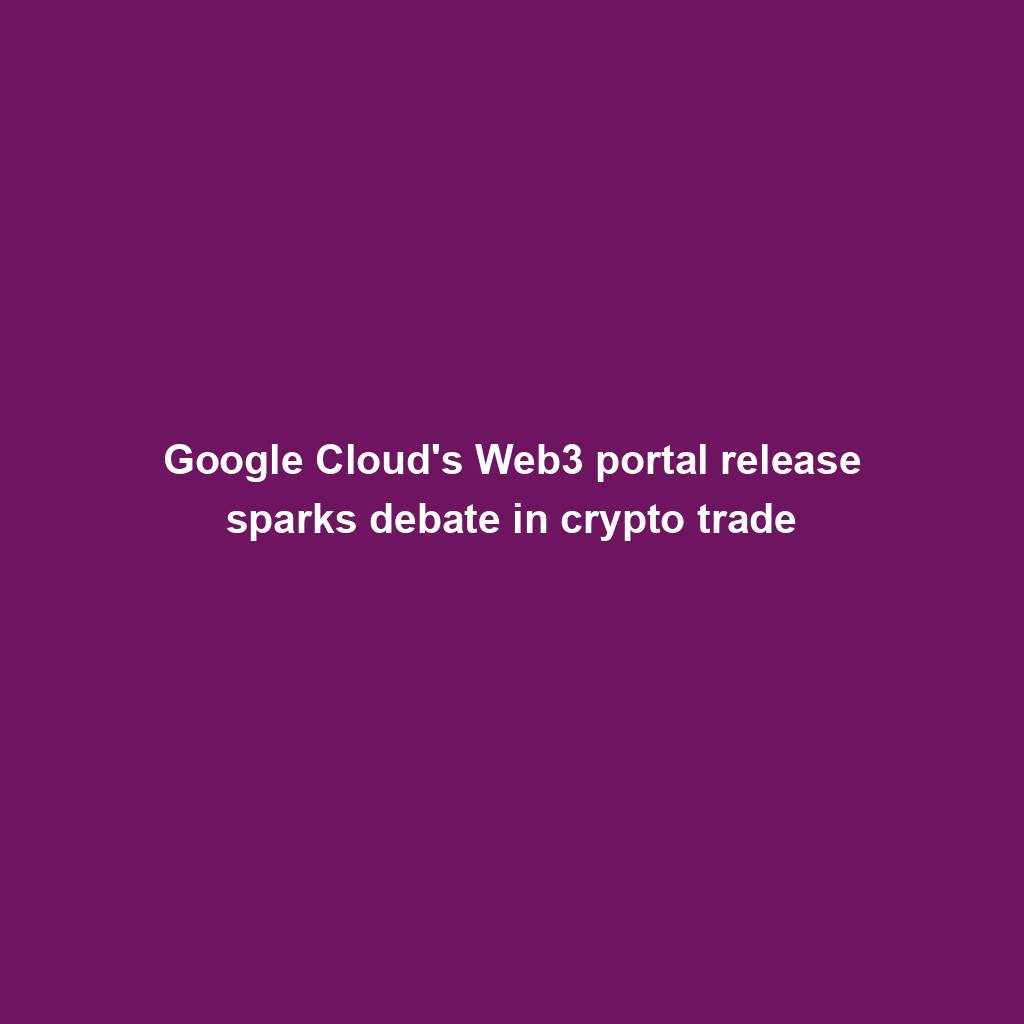
Bitcoin Primed For $77,000 Surge

Bitbot’s twelfth presale level nears its finish after elevating $2.87 million
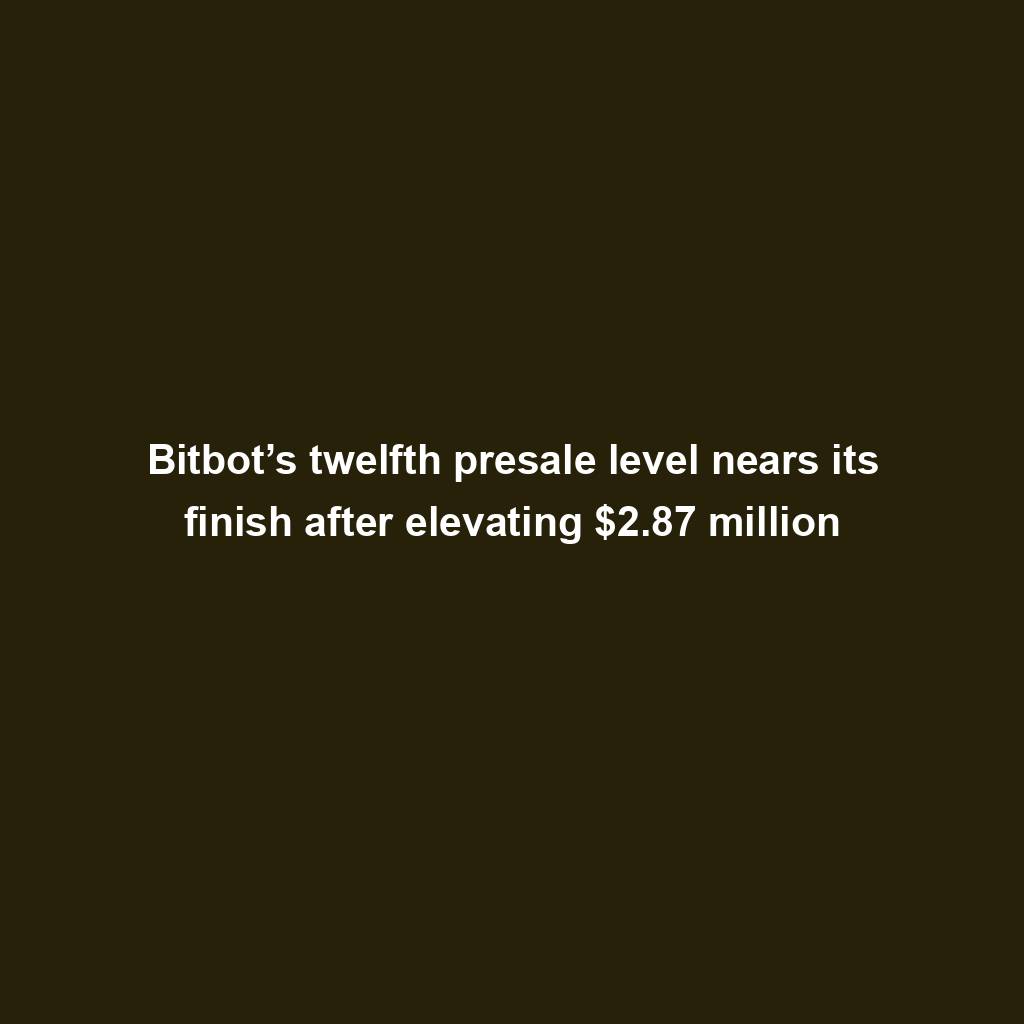
PANDA and MEW bullish momentum cool off: traders shift to new altcoin

Commerce technique: Ecommerce is useless, lengthy are living ecommerce

Republic First Bank closed by way of US regulators — crypto neighborhood reacts
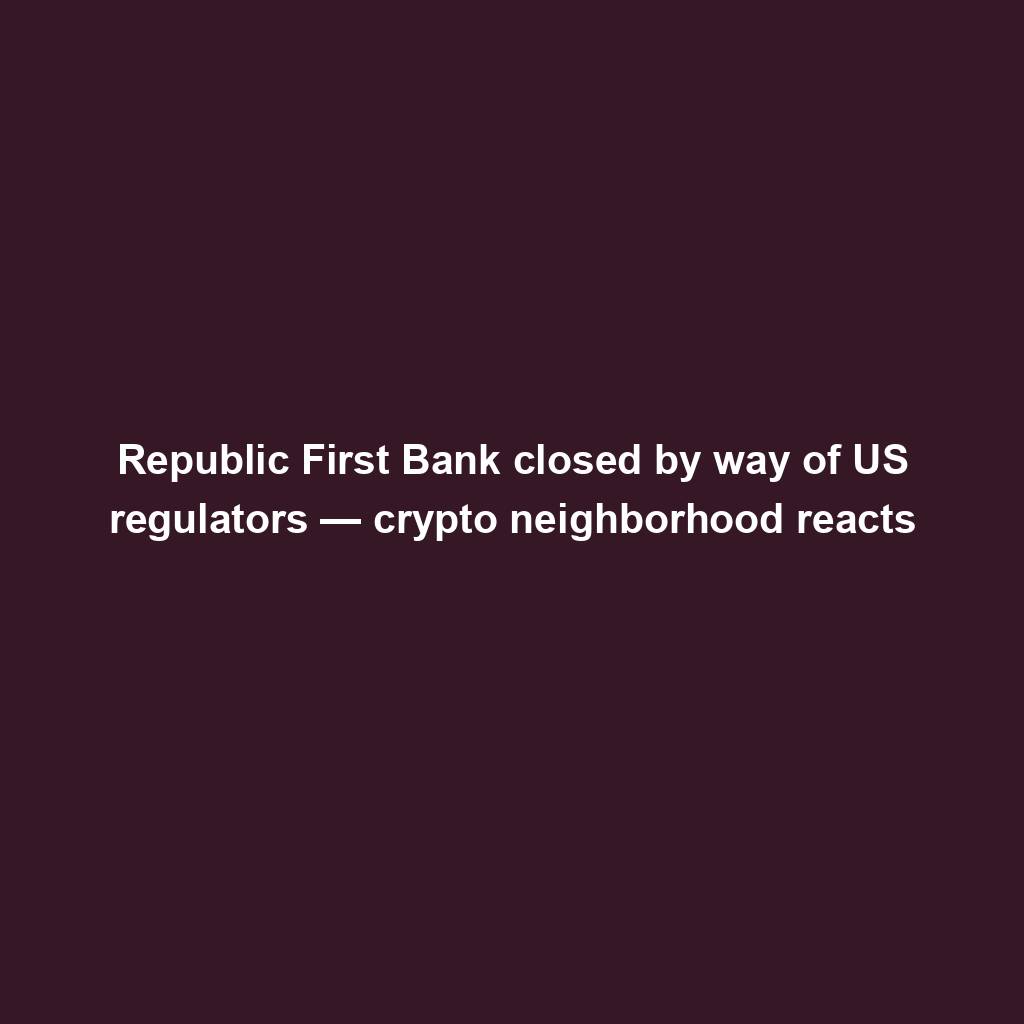
China’s former CBDC leader is beneath executive investigation
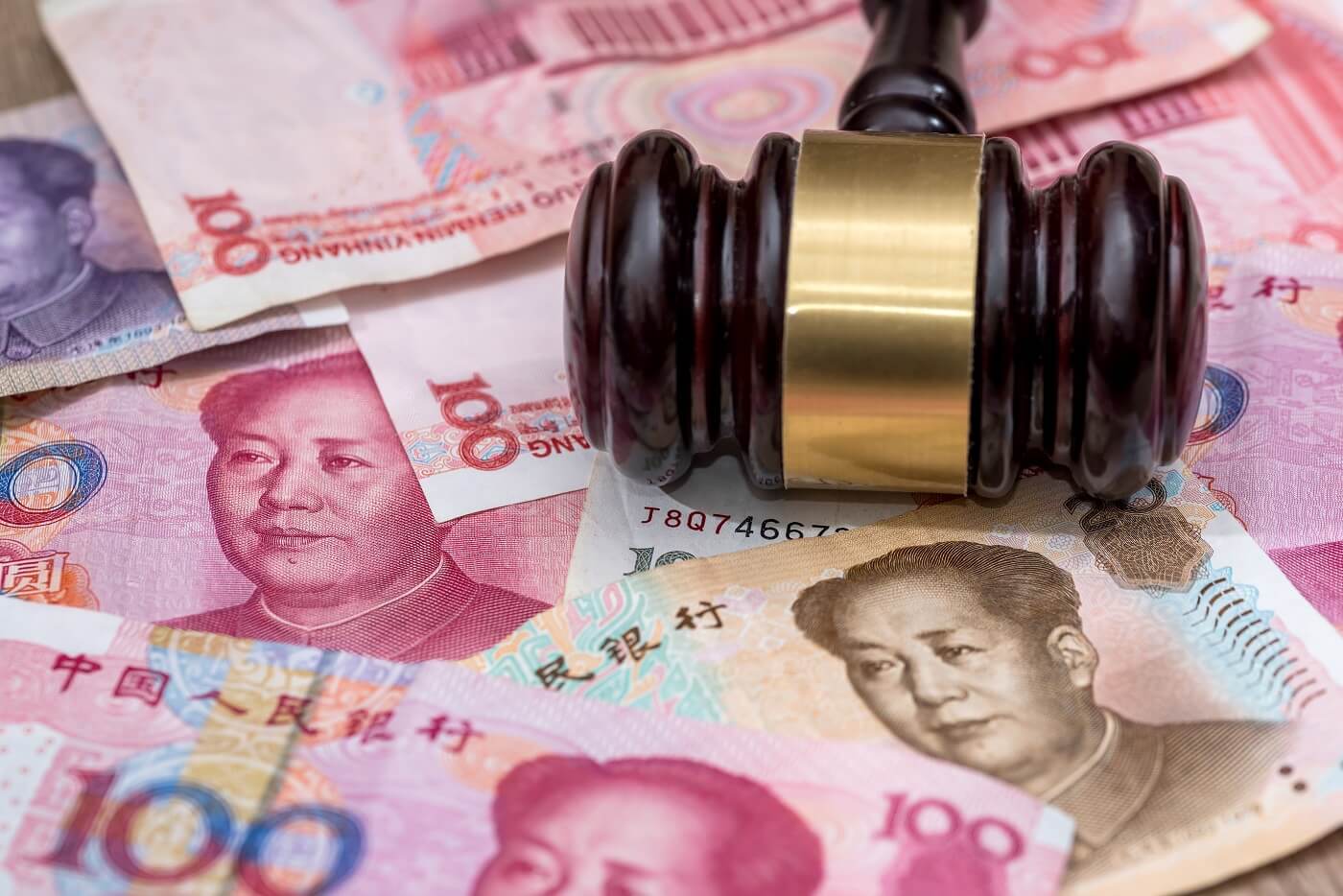
Bigger isn’t all the time higher: How hybrid Computational Intelligence development permits smaller language fashions
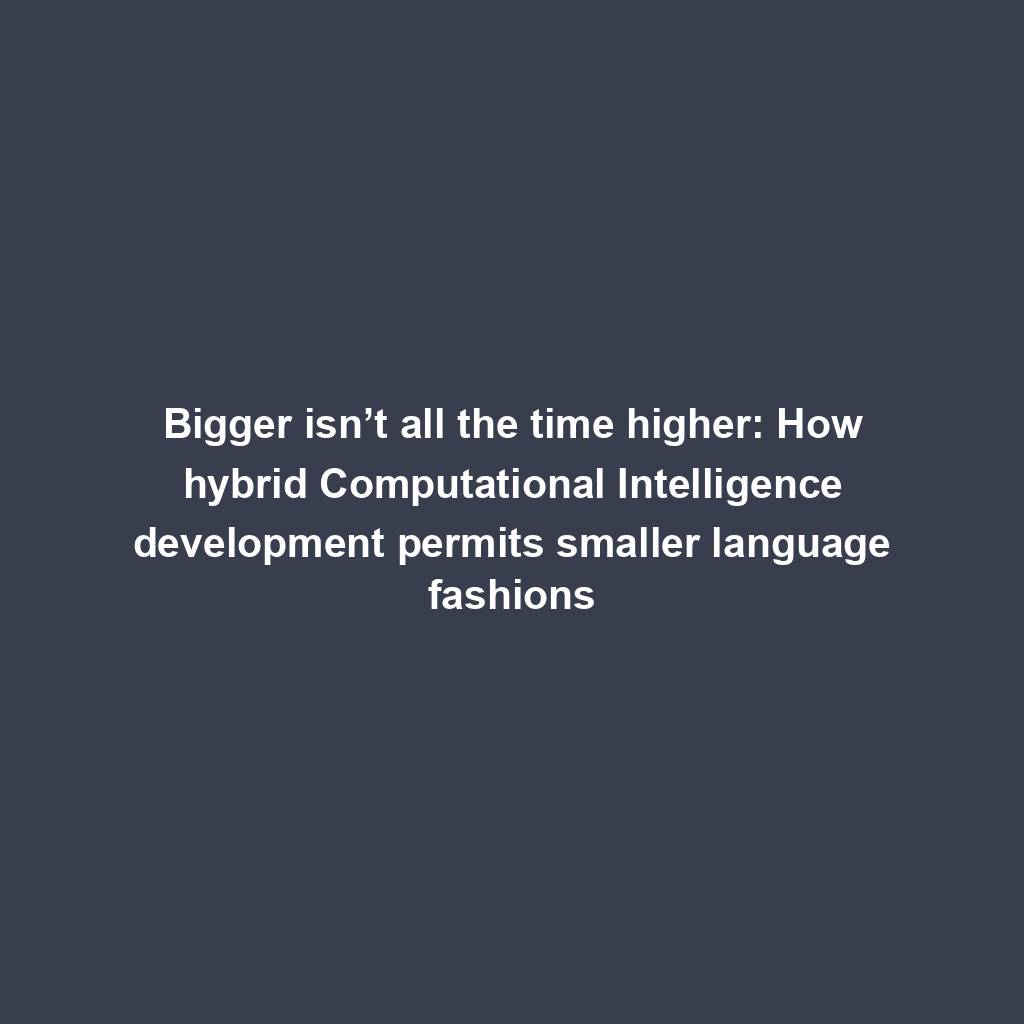
Pantera Capital buys extra Solana (SOL) from FTX
Successful Beta Service release of SOMESING, ‘My Hand-Carry Studio Karaoke App’

SEC sues Bitcoin miner Geosyn Mining for fraud; Bitbot presale nears $3M

Business procedure reengineering (BPR) examples

85% Of Altcoins In “Opportunity Zone,” Santiment Reveals
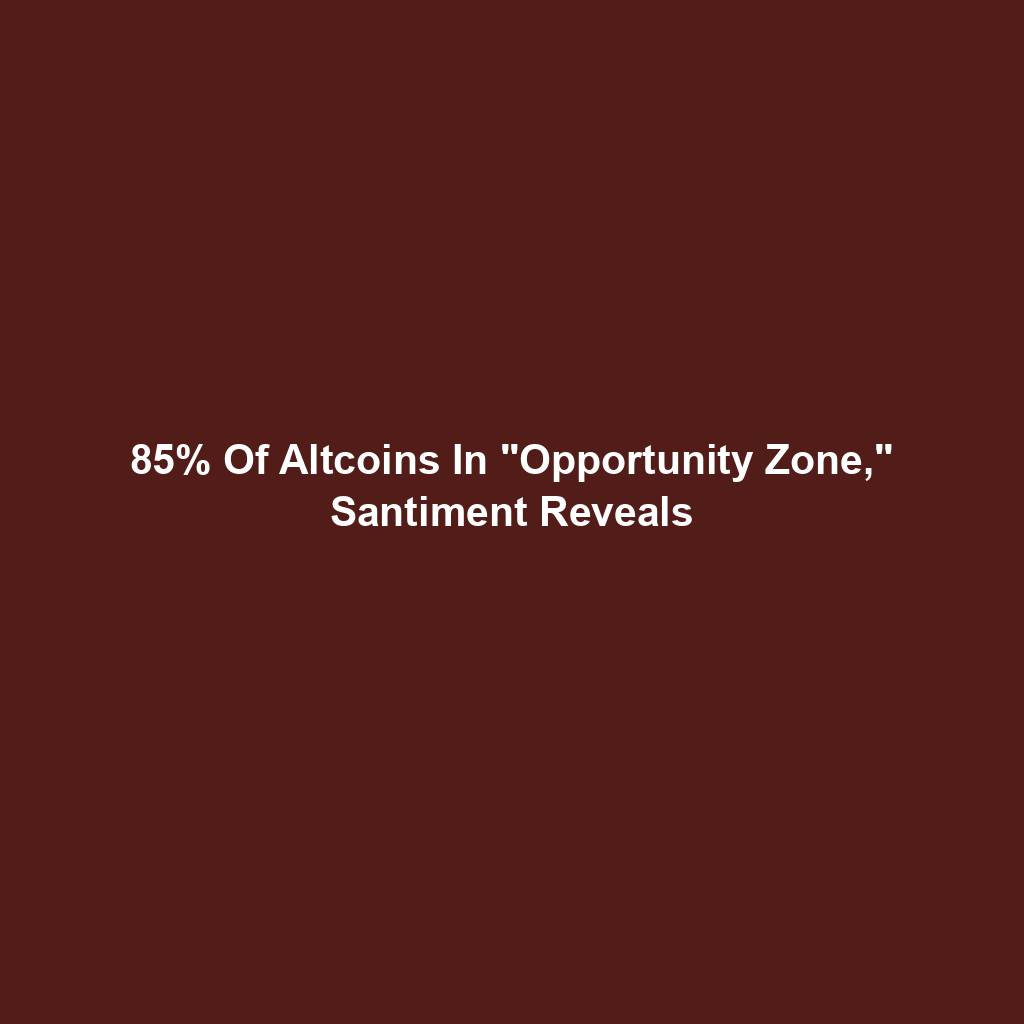
Sam Altman’s Worldcoin eyeing PayPal and OpenAI partnerships
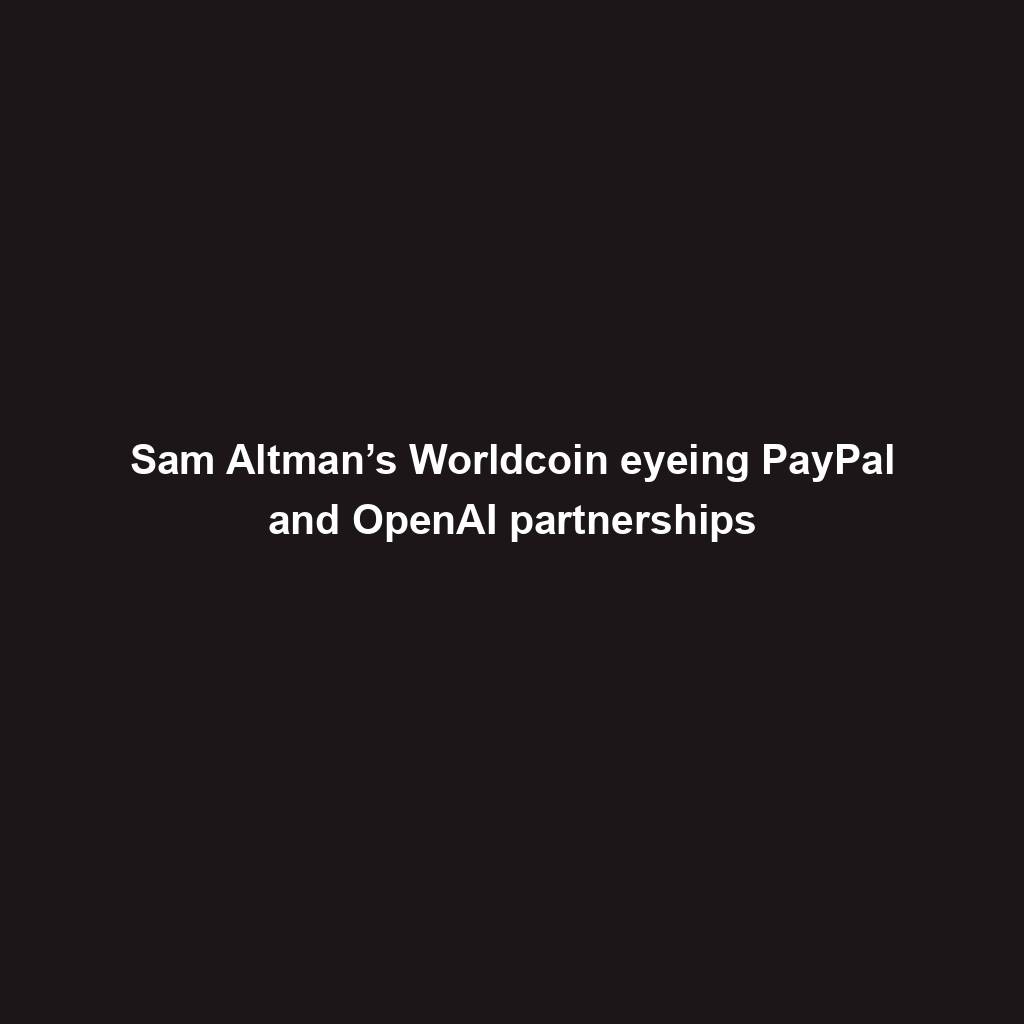
Artificial Intelligence transforms the IT strengthen enjoy
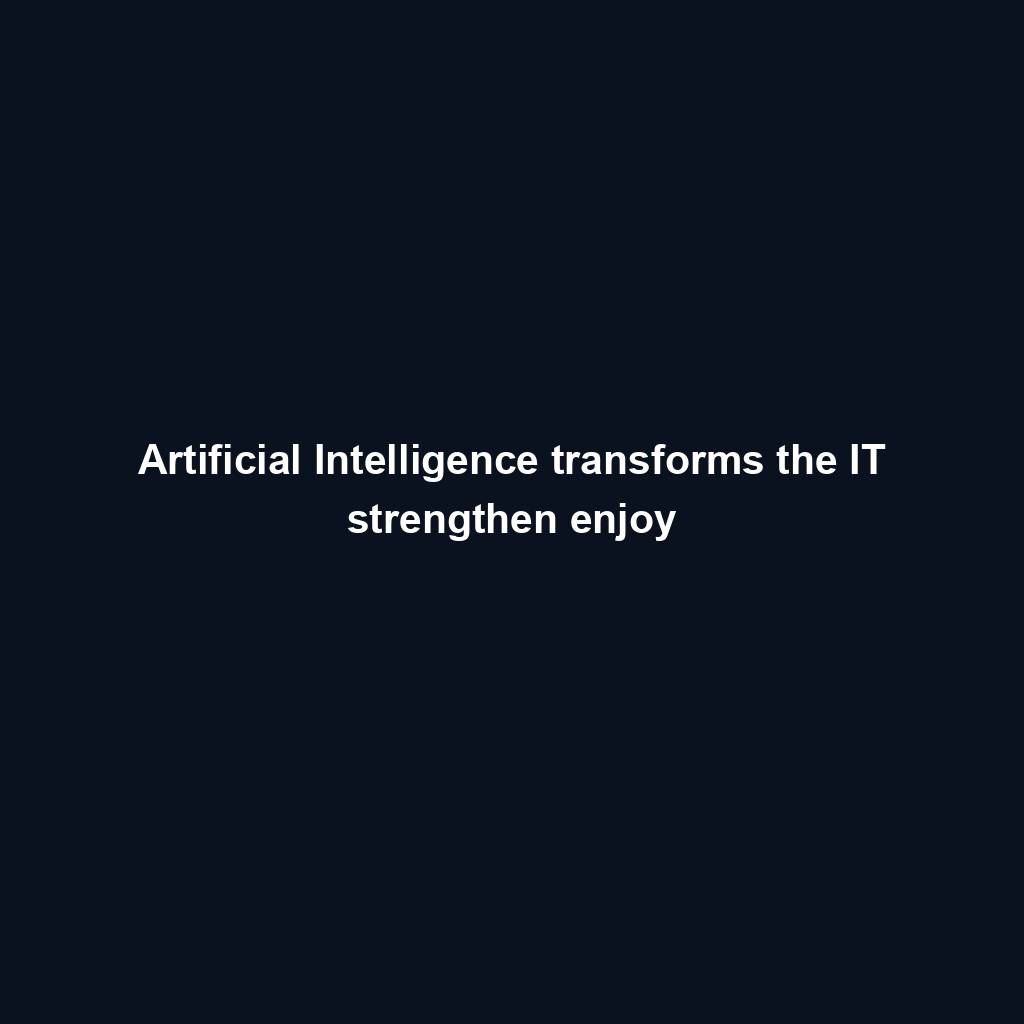
Franklin Templeton tokenizes $380M fund on Polygon and Stellar for P2P transfers
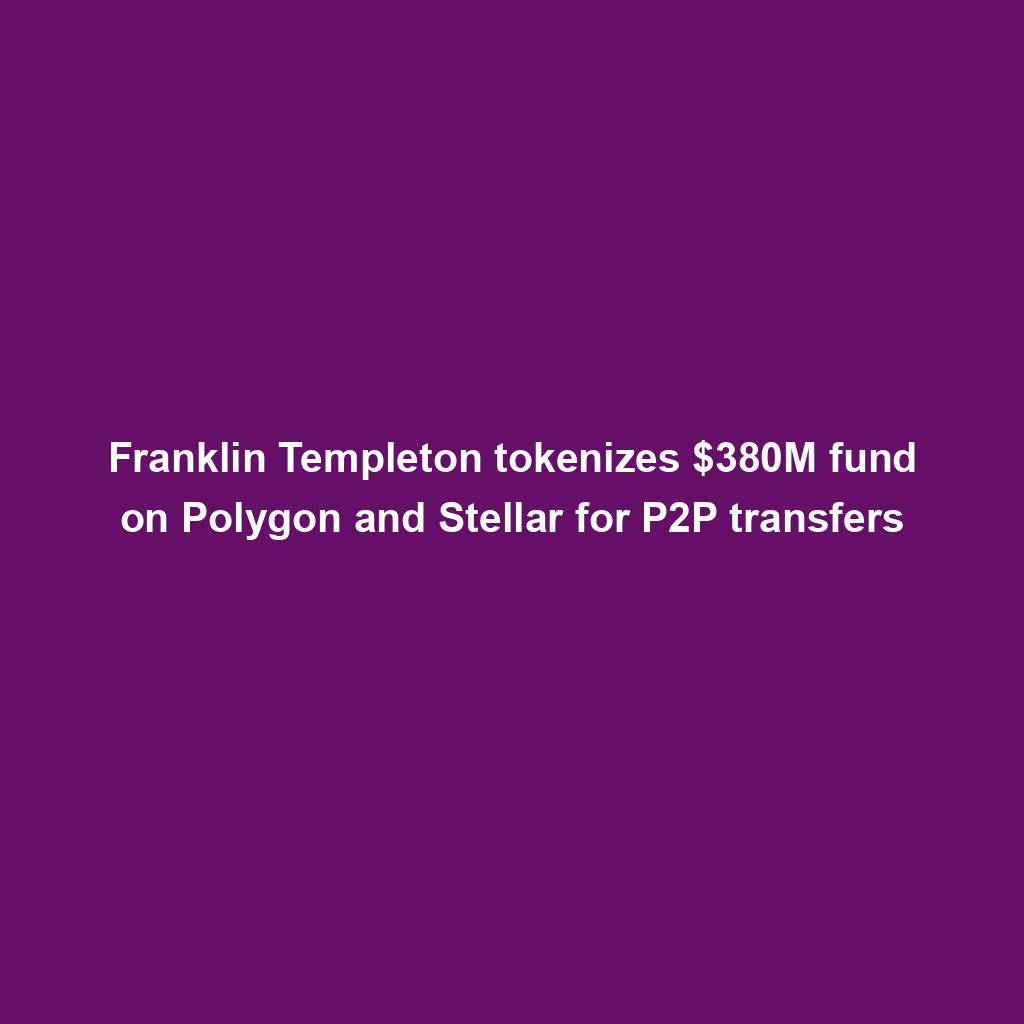
Meta’s letting Xbox, Lenovo, and Asus construct new Quest metaverse {hardware}
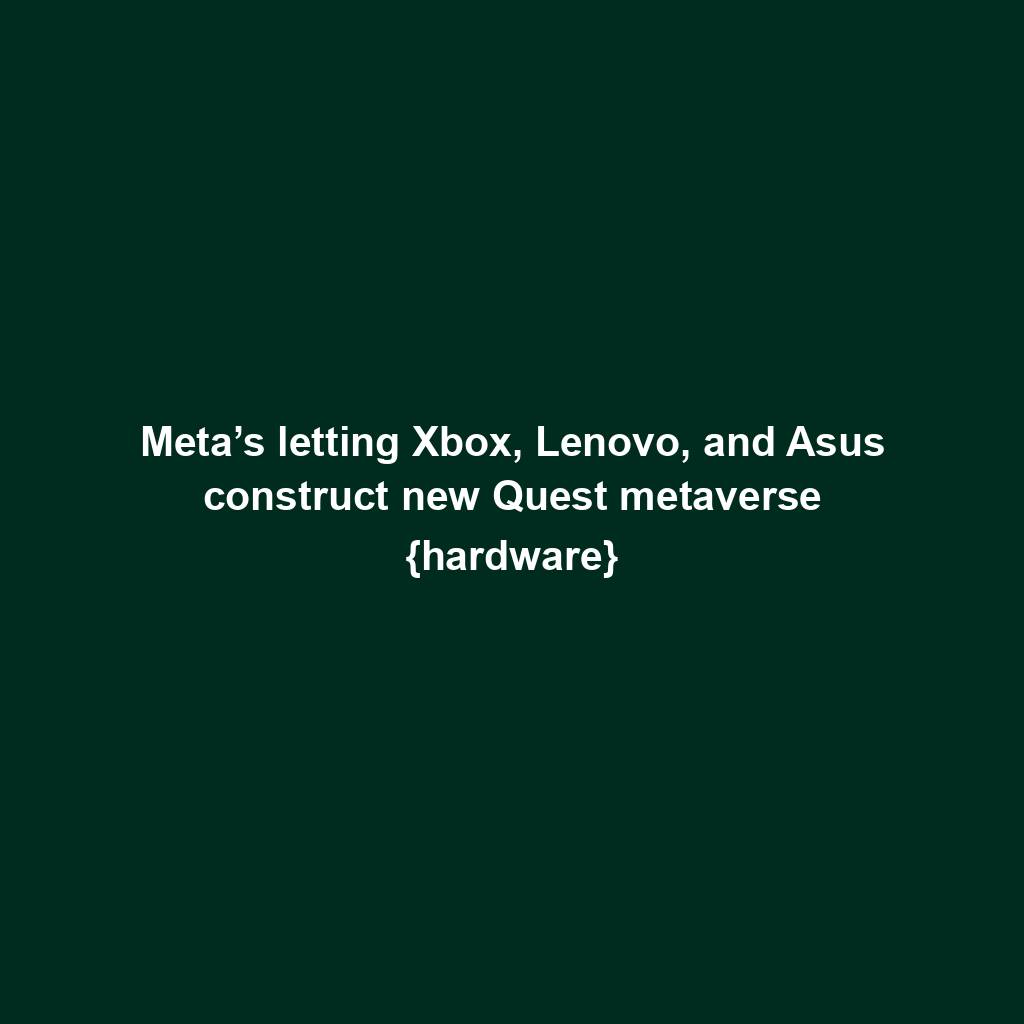
Shiba Inu (SHIB) unveils bold Shibarium plans as Kangamoon steals the display
